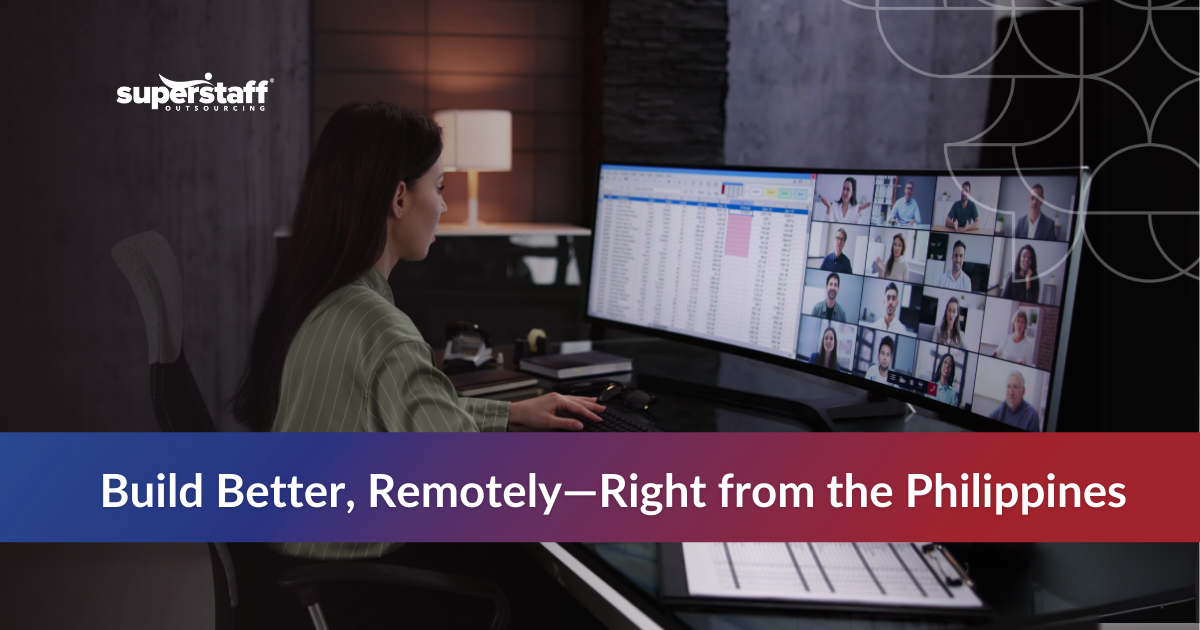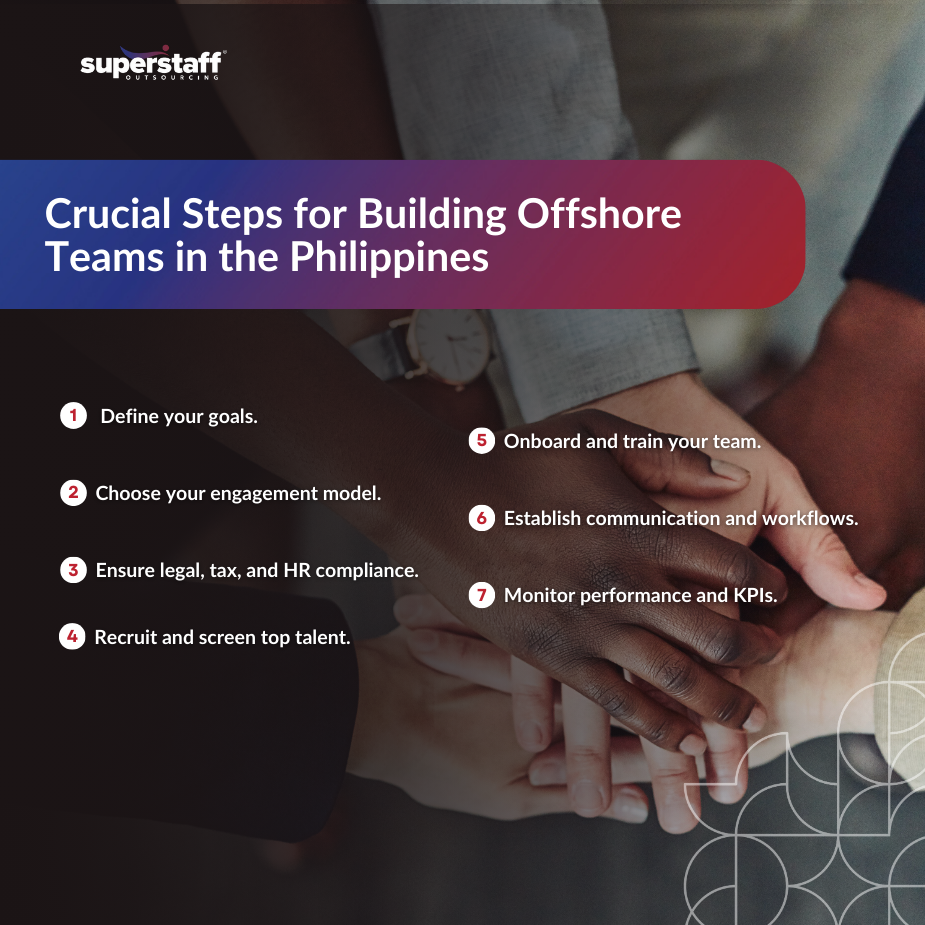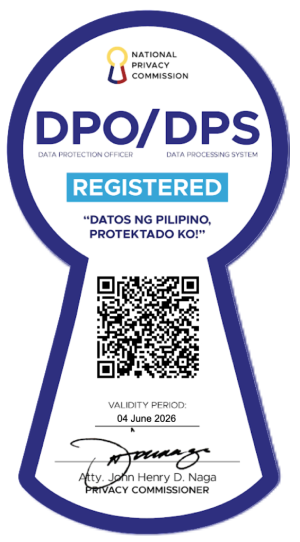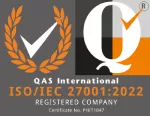
Building a remote or offshore team in the Philippines isn’t just about saving costs — it’s about scaling smarter with top global talent. As international competition intensifies and business needs evolve, more companies are turning to the Philippines for affordability and a strategic edge. Whether you’re a startup looking to extend your hours of operation or a midmarket company needing specialized support, building offshore teams in the Philippines offers operational agility and access to highly capable professionals.
For years, the Philippines has remained a top destination for outsourcing and offshore staffing. With its large pool of English-speaking graduates, strong cultural alignment with the U.S. and other Western markets, and growing digital infrastructure, the country has become a hub for everything from customer service to IT development and back-office support. Filipino professionals are known for their dedication, adaptability, and excellent communication skills — traits that make them valuable contributors to globally distributed teams.
Step-By-Step Guide to Building a Remote Team in the Philippines: What You Need to Know
In this guide, we’ll walk you through the key steps in building offshore teams in the Philippines. From identifying the right roles and understanding the local labor landscape to navigating compliance, recruiting top talent, and fostering long-term retention, we’ll break down every phase of the process. We aim to give you the knowledge and confidence to make offshore expansion a growth driver for your business, not just a cost-cutting measure.
#1: Define Your Goals and Functions to Offshore
Start by identifying which roles and functions are ideal for offshoring or remote setup. Not every job is a good fit for an offshore model. Focus on roles that are repeatable, process-driven, and easily supported by digital tools.
- Core vs. non-core functions: Offshoring works well for support roles that allow your core team to focus on growth.
- High-potential functions: Customer support, back-office operations, finance, IT, and digital marketing are top choices.
- Strategic alignment: Match offshoring plans to long-term business objectives.
Once goals are clear, it’s time to analyze the Filipino labor market.
#2: Understand the Philippine Talent Landscape
Get familiar with the talent pool, work culture, and strengths of Filipino professionals. The country produces thousands of college graduates yearly, most of whom speak fluent English and bring global service exposure.
- Strong educational foundation: A robust system with a focus on business, tech, and healthcare.
- Time zone advantage: The Philippines (GMT+8) overlaps well with North American working hours.
- Cultural alignment: High compatibility with U.S. and Western workplace values.
With a firm grasp of the landscape, it’s time to prepare your infrastructure and tools.
#3: Choose Your Engagement Model (Direct Hire vs. BPO vs. Hybrid)
Decide whether to build your own team directly or work with a BPO provider. Your approach will influence recruitment, compliance, and day-to-day operations.
- Direct remote hiring (DIY): Full control, but more effort in compliance and management.
- Partnering with a BPO: Faster ramp-up, less admin work, and full infrastructure support.
- Hybrid model: Blend internal leadership with offshore staffing solutions in the Philippines.
Once you’ve chosen your model, the next step is compliance.

#4: Ensure Legal, Tax, and HR Compliance
Make sure your offshore setup complies with labor laws, tax regulations, and employee rights. Navigating Philippine legal frameworks is easier with local partners who understand the rules.
- Employment classifications: Know the difference between full-time employees and contractors.
- Mandatory benefits: Include 13th-month pay, vacation leave, and healthcare.
- Incentives: PEZA zones offer tax breaks and business-friendly infrastructure.
With legalities in check, focus turns to sourcing the right people.
#5: Recruiting and Screening Top Talent
A solid recruitment process ensures you find skilled, culturally aligned candidates. Offshore staffing solutions in the Philippines can significantly reduce time-to-hire.
- Localized job descriptions: Attract candidates with role clarity and culturally relevant language.
- Skills testing: Assess English fluency, domain expertise, and adaptability.
- Cultural fit: Screen for communication style and alignment with your team’s values.
Once hired, onboarding is critical for long-term success.
#6: Onboarding and Training Your Offshore Team
Effective onboarding builds engagement, productivity, and brand alignment from day one. It’s not just an administrative step — it’s a critical moment that shapes how offshore or remote employees perceive your company, understand their responsibilities, and commit to performance. When done right, onboarding lays a strong foundation for long-term success, especially when building offshore teams in the Philippines.
A well-structured remote onboarding plan boosts confidence and cultivates team spirit, even across time zones. It bridges the gap between distance and connection by making offshore hires feel welcomed, informed, and equipped to contribute from day one.
- Tech readiness:
Before your offshore team’s first day, ensure all essential tools are up and running. This includes setting up email accounts, giving access to collaboration platforms (like Slack or Zoom), project management tools (like Trello, Asana, or Jira), and other systems relevant to their roles. Offshore staffing solutions in the Philippines often include IT support to help with this transition, ensuring that remote employees are not left troubleshooting on their own. A seamless tech setup reduces downtime and builds early confidence. - Training:
Onboarding should also include structured training programs that cover your company’s core values, customer handling guidelines, compliance protocols, and role-specific workflows. For example, if you’re offshoring customer support, dedicate time to teach tone of voice, escalation procedures, and the nuances of interacting with your target market. Use interactive modules, role-playing, and real-time Q&A sessions to foster engagement and clarify expectations. Training should also introduce offshore hires to your company’s mission and long-term goals so they can see how their work contributes to the bigger picture. - Expectations:
Remote teams in the Philippines thrive when expectations are clearly defined. Be transparent about work schedules, especially if operating across time zones. Lay out performance metrics such as KPIs, turnaround times, CSAT scores, or other relevant benchmarks depending on the function. Include a clear communication plan that outlines escalation procedures, reporting structures, and how team members should raise issues or ask for help. Clear expectations prevent misalignment and empower your team to take ownership of their responsibilities from the outset.
When onboarding is handled thoughtfully, your offshore team doesn’t just learn the ropes — they feel connected, capable, and committed. But the journey doesn’t end there. Beyond onboarding, remote team success depends on establishing strong collaboration frameworks that maintain momentum and foster trust in the long term.
#7: Establish Communication and Workflow Systems
The right tools and communication norms make distance a non-issue. Remote teams in the Philippines thrive when they have clarity, consistency, and structure.
- Collaboration tools: Slack, Zoom, Trello, and Asana are top picks.
- Meeting rhythms: Daily standups and weekly syncs keep everyone aligned.
- Workflow clarity: SOPs and escalation processes avoid bottlenecks.
With systems in place, it’s time to focus on team motivation and retention.
#8: Building Culture and Retaining Offshore Talent
Invest in employee engagement to reduce turnover and build loyalty. A healthy culture fosters performance, even across borders.
- Celebrate success: Recognize wins and milestones in real time.
- Professional development: Offer training and growth opportunities.
- Cultural connection: Host virtual events and acknowledge Filipino holidays.
Ongoing performance measurement helps ensure ROI.
#9: Monitor Performance and Optimize Continuously
Track KPIs and feedback to fine-tune your offshore strategy. Building offshore teams in the Philippines isn’t a set-it-and-forget-it decision—it’s a dynamic process.
- Role-specific KPIs: Measure outputs like CSAT, SLA adherence, and turnaround times.
- Feedback loops: Use employee check-ins and client satisfaction surveys.
- Adaptability: Restructure or scale as your needs evolve.
When done right, offshore teams deliver more than cost savings.
From Strategy to Success: Mastering the Art of Building Offshore Teams in the Philippines
Building a high-performing offshore or remote team in the Philippines is achievable with a step-by-step approach. Every phase—from goal setting and recruitment to training and performance monitoring—plays a vital role in long-term success.
If you’re exploring offshore staffing solutions in the Philippines, SuperStaff can help. Our experts handle everything from hiring and compliance to engagement and retention. Let’s build your dream team together. Contact SuperStaff today.






